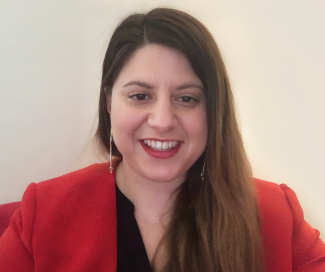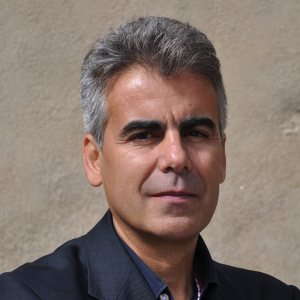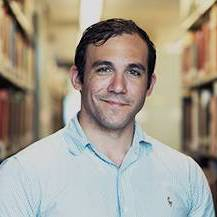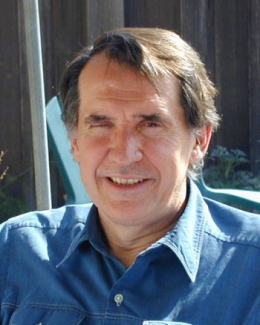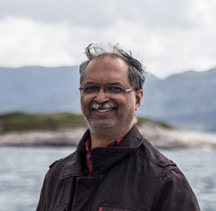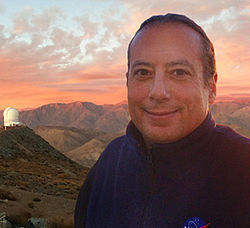Kontos
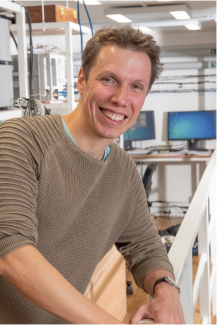
| Education |
Takis Kontos obtained a MSc and a PhD in Solid State Physics at the University of Orsay, France, in 1998 and 2002 respectively. |
|---|---|
| Career |
The research of Takis Kontos is mainly based on the implementation of hybrid quantum circuits, aiming to reveal new states of matter or to exploit quantum mechanical properties of circuits. During his thesis at CSNSM, Orsay, France, he studied the interplay of superconductivity and ferromagnetism in multilayers of superconductors and ferromagnetic alloys together with Marco Aprili and Jérôme Lesueur. He moved as a postdoctoral researcher to the University of Basel, Switzerland, in the group of Prof. Christian Schönenberger, where he studied spin transport in carbon nanotubes. Since 2005, he has been permanent CNRS researcher at LPENS, Ecole Normale Supérieure, first as a research associate and, since 2013, as a research director. In collaboration with Audrey Cottet for the theoretical aspects, his research has focused on the implementation of a circuit quantum electrodynamics architecture with carbon nanotubes for which he was awarded an ERC CoG in 2013 (project “CirQys”). He could shed new light on fundamental aspects of condensed matter such as the Kondo effect. He could also develop a synthetic spin-photon interface for single spins trapped in carbon nanotubes. The latter work is at the basis of the technology used by the “quantum” start-up C12 Quantum electronics, which Takis Kontos co-founded in 2020. Takis Kontos is now focusing on the use of quantum sensing techniques with circuits in order to test dark matter paradigms such as axions or to measure radioastronomical signals such as the 21 cm hydrogen line. For the dark matter quantum sensing project, he has been awarded an ERC SyG in 2023 (project “Dark Quantum”). He joined IA-FORTH as a Research Fellow in 2025. |
| Interests |
Quantum circuits with superconductors and/or carbon nanotubes, condensed matter physics, quantum sensing of axion dark matter and of radioastronomical signals. |
| Affiliation |

